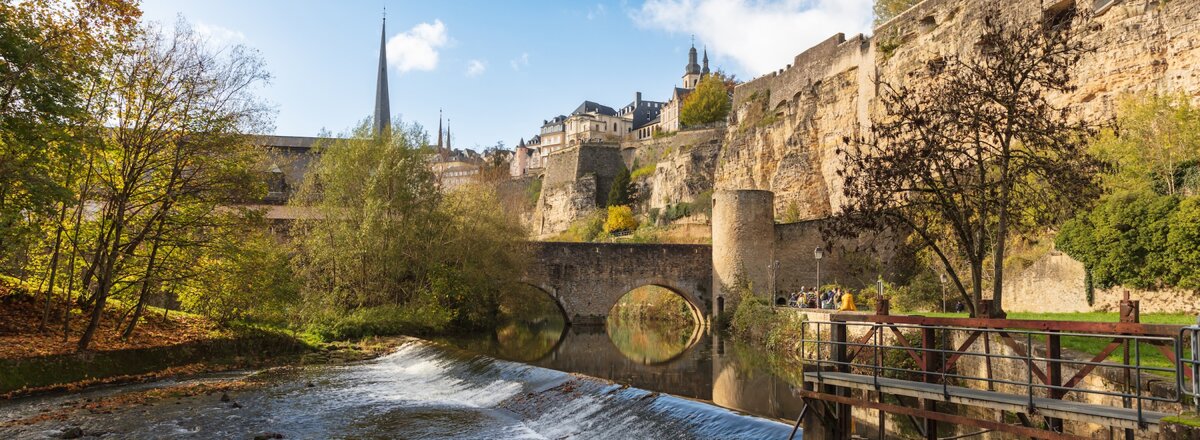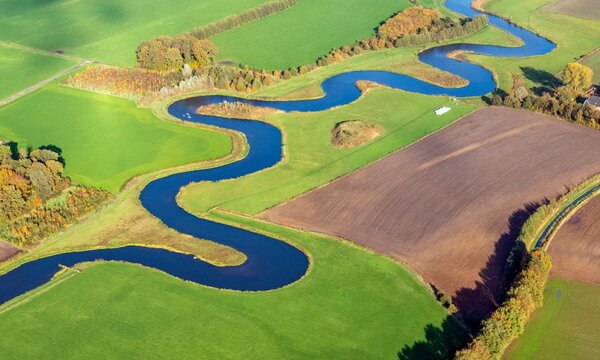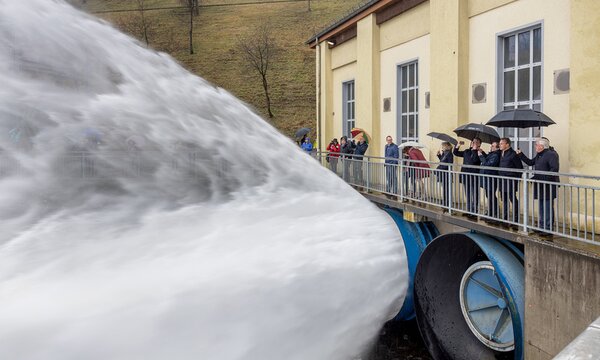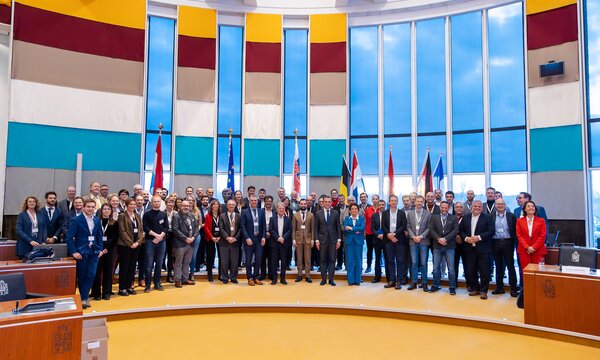In our interview with Marc Hans from Luxembourg’s Water Agency we discuss how collaborative efforts, both local and international, are essential for managing flood and drought risks.
Welcome Marc, thank you for your time. Could you tell the readers a bit about yourself and the role of Administration de la gestion de l'eau?
Sure! A bit about myself – I grew up in Luxembourg and studied chemistry in Aachen, Germany. After my Phd, I entered the specialty chemicals industry, joining BYK-Chemie, which is part of the ALTANA consortium. During the eight years with BYK-Chemie, I had the opportunity to hold various global positions in the area of R&D and product group management. Eventually, I met my wife, who is from Luxembourg, and that brought me back home.
After some intermediate steps I joined the Administration de la gestion de l'eau (Luxembourgish water agency) in summer 2023. In general, the role of the water agency is to ensure sustainable and integrated water protection and management on a national level. Awareness-raising activities and information of the population are very important part of our work when it comes to collaborative approaches to flood risk management. In fact, we can only achieve the best possible flood protection if everyone works together. From state authorities, over local municipalities to individuals, everyone has a role to play in implementing protective measures.
We can only achieve the best possible flood protection if everyone works together. From state authorities, over local municipalities to individuals, everyone has a role to play in implementing protective measures.
How do you engage with local communities, stakeholders, and research institutes in Luxembourg in your flood and drought risk management?
A crucial point regarding stakeholder engagement would be for example the small river basin organisations we have here. These are groups that receive government support, both financially and in terms of guidance. Their mission is to protect springs, wetlands, and other parts of small catchment areas and to contribute to the implementation of measures contained in our river basin management plans. These organisations raise awareness and inform the public about water protection and measures that need to be implemented, such as natural river restorations. The latter also play an important role for flood protection.
On the scientific side, we collaborate with universities and research and technology organisations (RTOs) in Luxembourg. Through a convention with the Ministry, we run several research projects. For example, one project focuses on flood prediction in small catchment areas, which is often very difficult. Another project looks at low-flow events and droughts, like the one we had in 2022. These projects provide critical insights from past events, allowing us to refine our strategies and improve future preparedness.
The July 2021 flood has dramatic consequences, also in Luxembourg. In your opinion, what value could the JCAR ATRACE program add in preparing for such extreme conditions in the Benelux and its neighbours?
The value of the JCAR ATRACE program, I believe, lies in bringing together experts and organising specialised workshops or platforms to exchange best practices. Such workshops or exchange platforms would allow countries to share their experiences and learn from each other on how to address these challenges. Facilitating this kind of knowledge exchange could be beneficial. While there is already considerable collaboration within specific river basins, additional value could be gained by learning from extreme events like the 2021 flood.
Interested in the rest of the interview? Read the full interview in our magazine.



